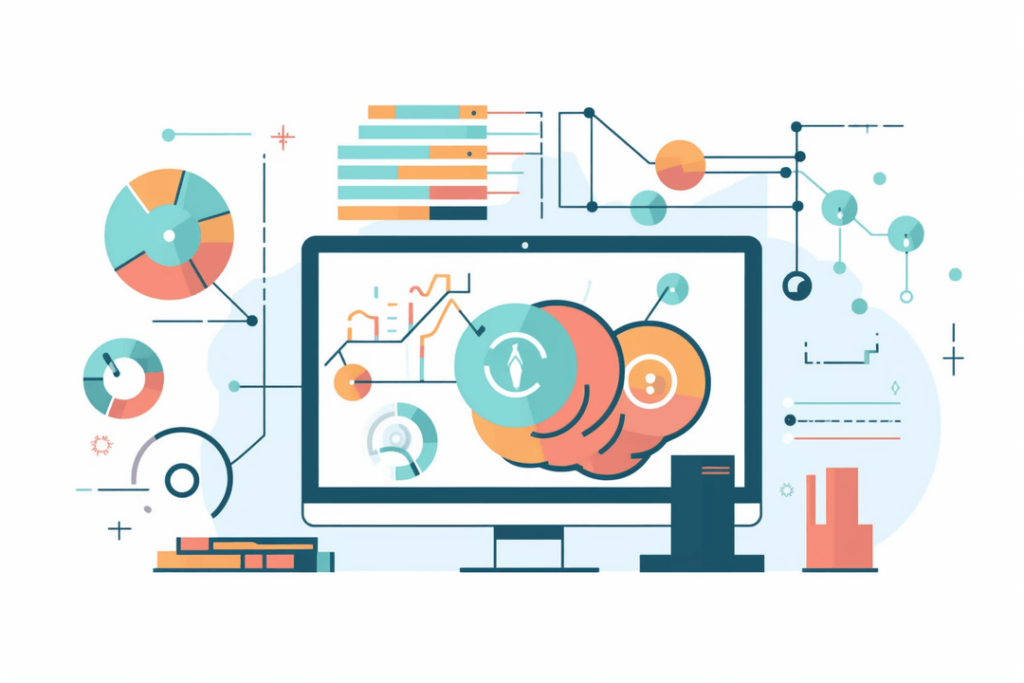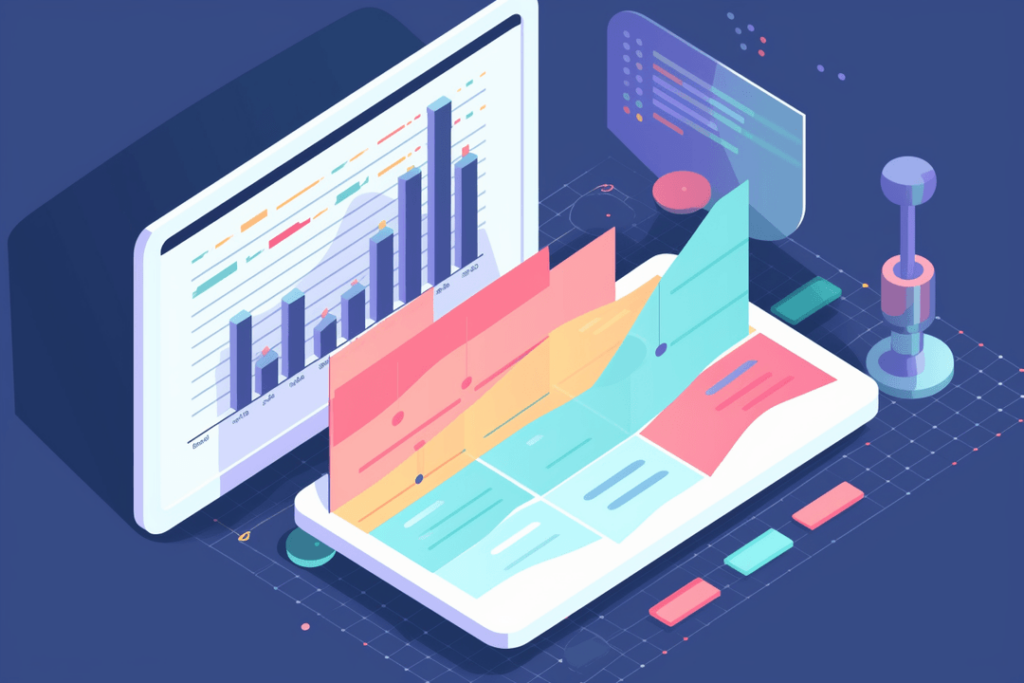Empowering Your Shopify Business with Accurate Sales Forecasting
In the dynamic world of e-commerce, accurately predicting sales is a cornerstone for achieving your business objectives and effectively managing inventory. By the Numbers introduces an innovative approach to forecast sales on Shopify, leveraging the power of machine learning. This guide will explore how you can use this advanced forecasting to enhance your business performance.
What is Forecasting?
Our forecasting method employs machine learning to accurately predict time series data by using an additive model that considers non-linear trends, yearly, weekly, and daily seasonality, and holiday effects.
This approach allows us to accurately predict sales even if there are significant seasonal variations, with just a few seasons of historical data. Our model can handle missing data, shifts in trends, and outliers with ease, ensuring reliable and robust forecasts.
Accessing Your Shopify Sales Forecast
You can access your sales forecast in two locations: the Insights page and the Goals page. Both can be accessed by selecting them from the left navigation menu.
At the top left of the Insights page, you will see the forecasted amount for the current period:

The value displayed represents the total sales forecast for the given period, which includes both realized and unrealized sales. The solid blue line on the graph represents the realized sales for the period, while the dotted blue line shows the remaining forecasted sales for the period.
Maximizing Benefits from Sales Forecasting
To fully leverage sales forecasting, integrate it with the Goals feature in ‘By the Numbers’. This functionality allows you to set and track specific metrics, like monthly sales, over designated timeframes. For comprehensive guidance on setting up and monitoring your goals, our Goals documentation offers detailed instructions.
In summary, machine learning-driven sales forecasting on Shopify is a game-changer for e-commerce businesses. It not only enhances accuracy in predictions but also supports informed decision-making, leading to improved business outcomes. ‘By the Numbers’ is at the forefront of this revolution, offering you the tools to meet and exceed your growth goals.


